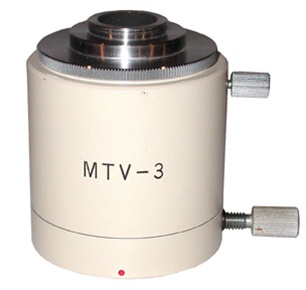Is this a stoma guard cell that went AWOL?

A rotifer that was too big to miss. Cover slip edge gives scale



A Closterium, I found a good write-up and decided to post an excerpt below for anyone whose interested.75RR wrote:First image is a Closterium
second as you say is a Rotifer - possibly Platyias
Do you have a dedicated phone holder that you place on the microscope?
Description of Closterium (http://eol.org)
Closterium is a crescent-shaped or elongate desmid...
The desmid is formed of two hemicells that are also mirror images of each other but there is only a single central nucleus. Each semicell has one or two axial, ridged chloroplasts with at least one pyrenoid. Terminal vacuoles at the cell tips contain crystals of barium or calcium sulfate that vibrate with Brownian motion...
Thanks. Yes the camera is a big leap, sort of like adding a whole other hobby to the hobby. I like photography, used to do a lot in the old SLR days, and still have a bag of (worthless) bodies and lenses and power-winders in the hall cupboard. Hopefully the technology curve is starting to flatten out so whatever I buy wont be obsolete in 3 years.Hobbyst46 wrote:A nice photo of the Closterium.
I do not know this camera. The only issues that I see in any mirrorless camera on a microscope are:Olympus OM-D E-M10 Mark II Mirrorless Micro Four Thirds
I like my E-M10 II for microscopy. Its silent electronic shutter is truly motionless and allows you to connect it directly to microscope. I bought mine used at $340 USD shipped. My few complaint include: 1) its in-camera focus bracketing does not go very deep, unless you use a m4/3 auto macro lens; and 2) good m4/3 auto lenses are not cheap and used lens selection is not as big as Canon or Nikon.coominya wrote: I was looking at this Olympus camera. Any opinions would be welcome.
Olympus OM-D E-M10 Mark II Mirrorless Micro Four Thirds
https://tinyurl.com/y8xlyor6
I wasn't planning on using a lens? I have a MTV adapter and NFK 3.3 photo EP and will connect the body directly to the side of the microscope.zzffnn wrote:coominya wrote:its in-camera focus bracketing does not go very deep, unless you use a m4/3 auto macro lens; and 2) good m4/3 auto lenses are not cheap and used lens selection is not as big as Canon or Nikon.


I would go with the latter.Hobbyst46 wrote:2. Mirrorless cameras eat battery power much faster than SLRs and other cameras. You will either want a second battery, charged and ready ... or an AC adapter such that the camera can be used without battery.Olympus OM-D E-M10 Mark II Mirrorless Micro Four Thirds
You are correct. The 2.5 is the better choice I believe but I got the 3.3 so I'll work with that.zzffnn wrote:My guess is that NFK 3.3 lens provides too much magnification, so field of view at camera sensor may not match eyepiece.
Mirrorless cameras do have advantages and drawbacks. I am no expert on photography but was just pointing out two potential pitfalls, which in my opinion are relevant to micrography, and MIGHT be met in mirrorless cameras as far as I have read about.I thought mirrorless cameras had advantages over SLR's that outweighed their drawbacks? I will read a bit more on the subject.
Hobbyst46 wrote:
Mirrorless cameras do have advantages and drawbacks.
I myself am using a mirrorless camera specifically because of its light weight, since I hesitate to install a heavy DSLR on the microscope.
Is this because of the resolution limits inherent when approaching the wavelengths of light or because of other factors?MicroBob wrote:
The image of a 100:1 oil objective contains comparatively little information, here 6 megapixel is about all that is needed.